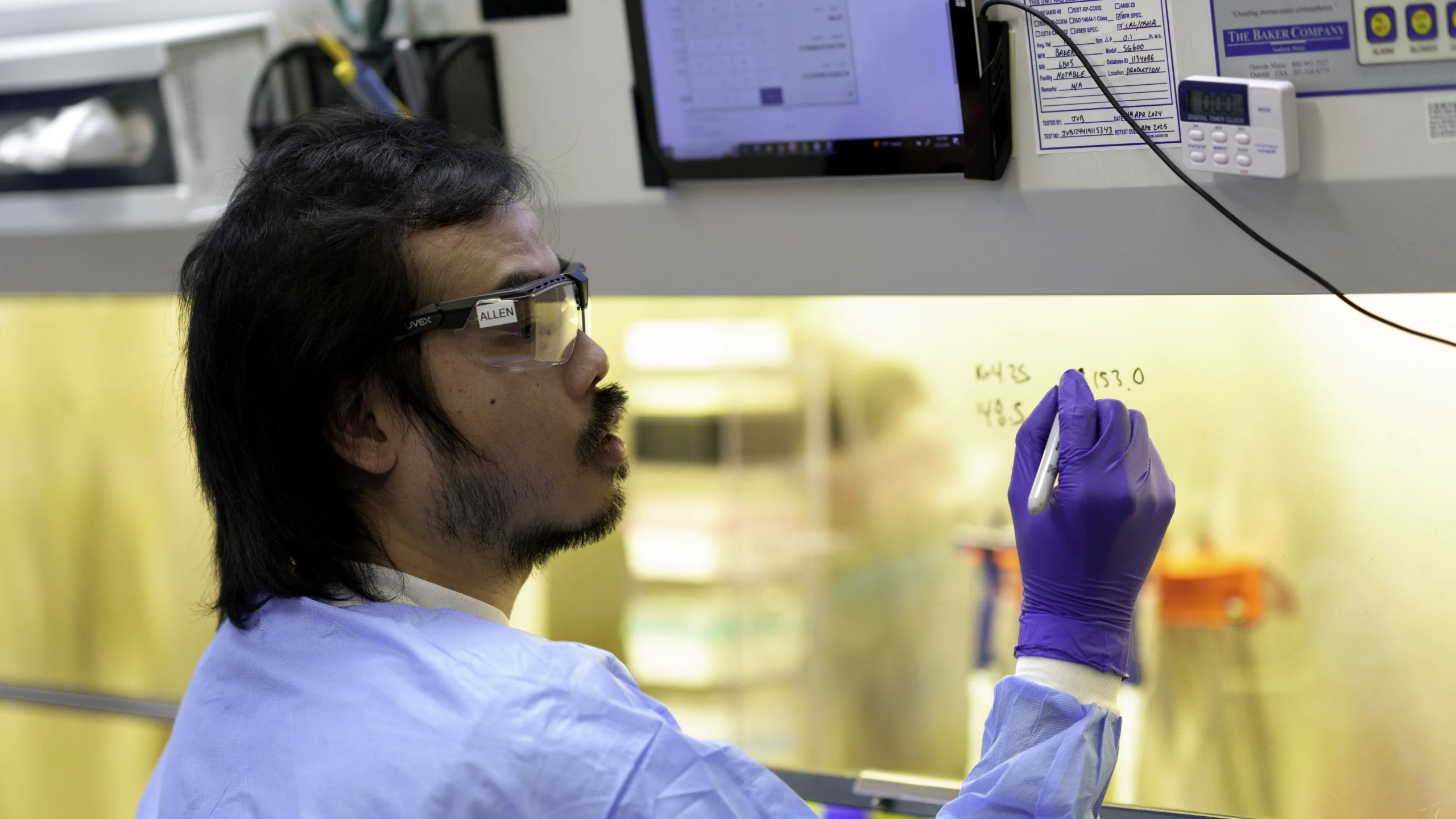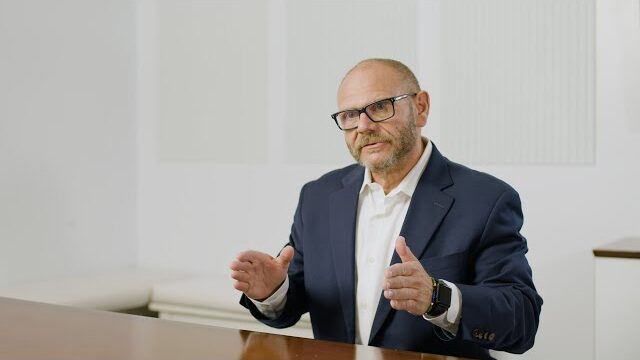It takes an average of 15 years and $2.5 billion to develop a drug, and yet, in cancer, response rates are often low. For example, as little as 15 percent of people living with relapsed/refractory acute myeloid leukemia (R/R AML) respond to the current standard-of-care drugs. However, a drug doesn’t have to work for everyone to be lifesaving for someone.
Beyond Genetic Markers
Most pharmaceutical development strategies focus on discovering drugs to address specific genetic markers. However, genetic mutations are just one of many factors relevant to patient response. Since only 15 percent of patients with cancer carry actionable mutations, response rates when considering only genetic mutations are often low. Once a treatment is started, a patient may wait months to find out if it has worked. If there is no response to treatment, then there is little choice but to start again with a different drug. This trial-and-error approach to treatment for life-threatening disease can cost patients time that they and their families simply cannot afford.
Our multidimensional science interrogates functional cancer cell biology and is unconstrained by actionable genetic mutations. This approach, which considers multiple factors, produces highly accurate predicted response rates.
Predictive Medicine Platform
We begin with patients, not molecules. Our predictive medicine platform employs advanced technology to bio-simulate treatment of each patient’s cancer at the cellular level. We evaluate patient response ex vivo, at scale and at speed.
Our platform merges biology and advanced technology including automation, software, laboratory science and data science to capture complexity at scale. Through machine learning loops with countless variations of bio-assay conditions, response bio-measures and computational algorithms, we capture the intricacies of cancer bio-response and continually optimize the accuracy of our predictive medicine platform.
Notable has demonstrated the accuracy of our predictive medicine platform across multiple hematological malignancies and we are expanding to more indications. The utility of the Notable platform ranges across therapeutic modalities from small molecules and biologics to cell therapies.


